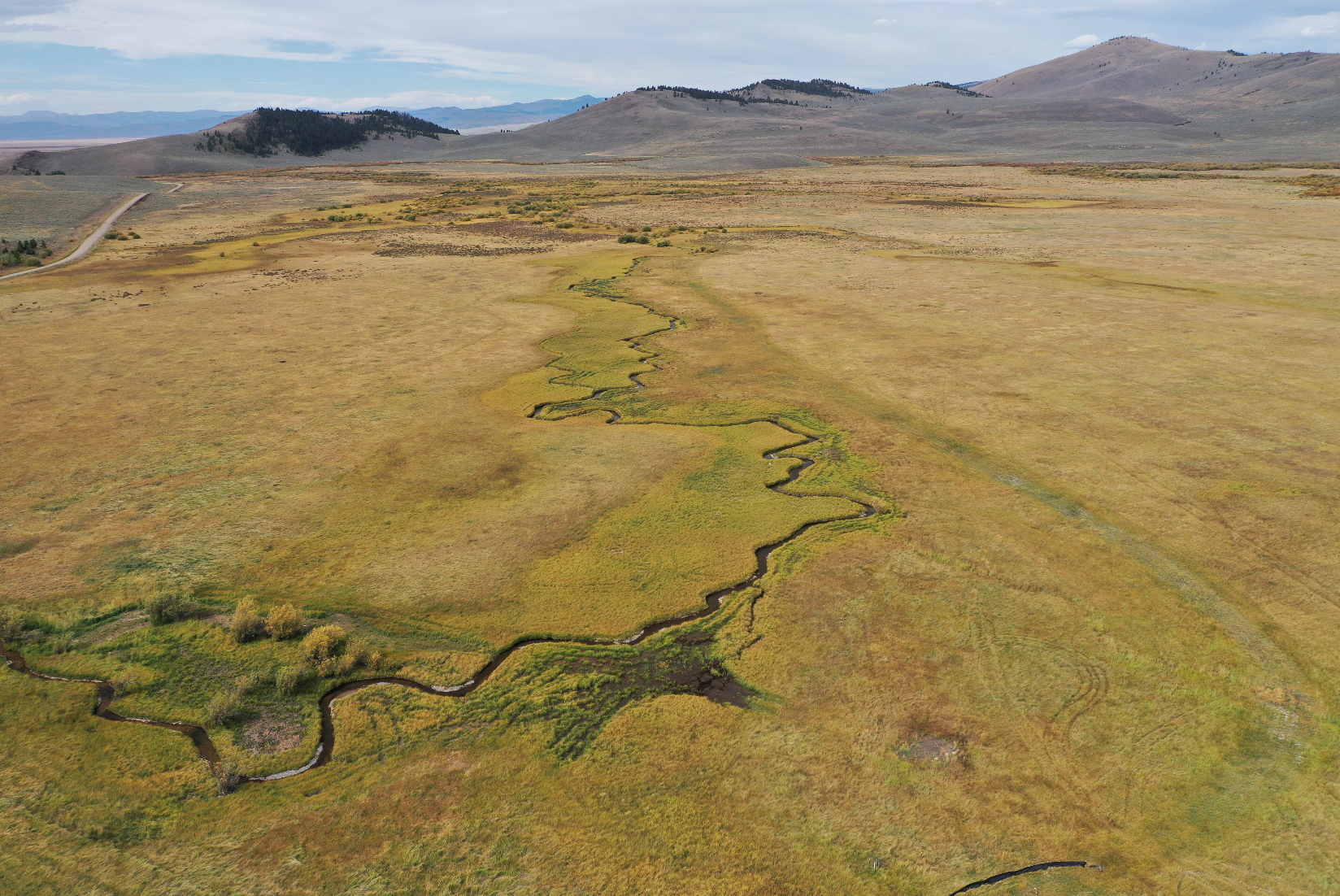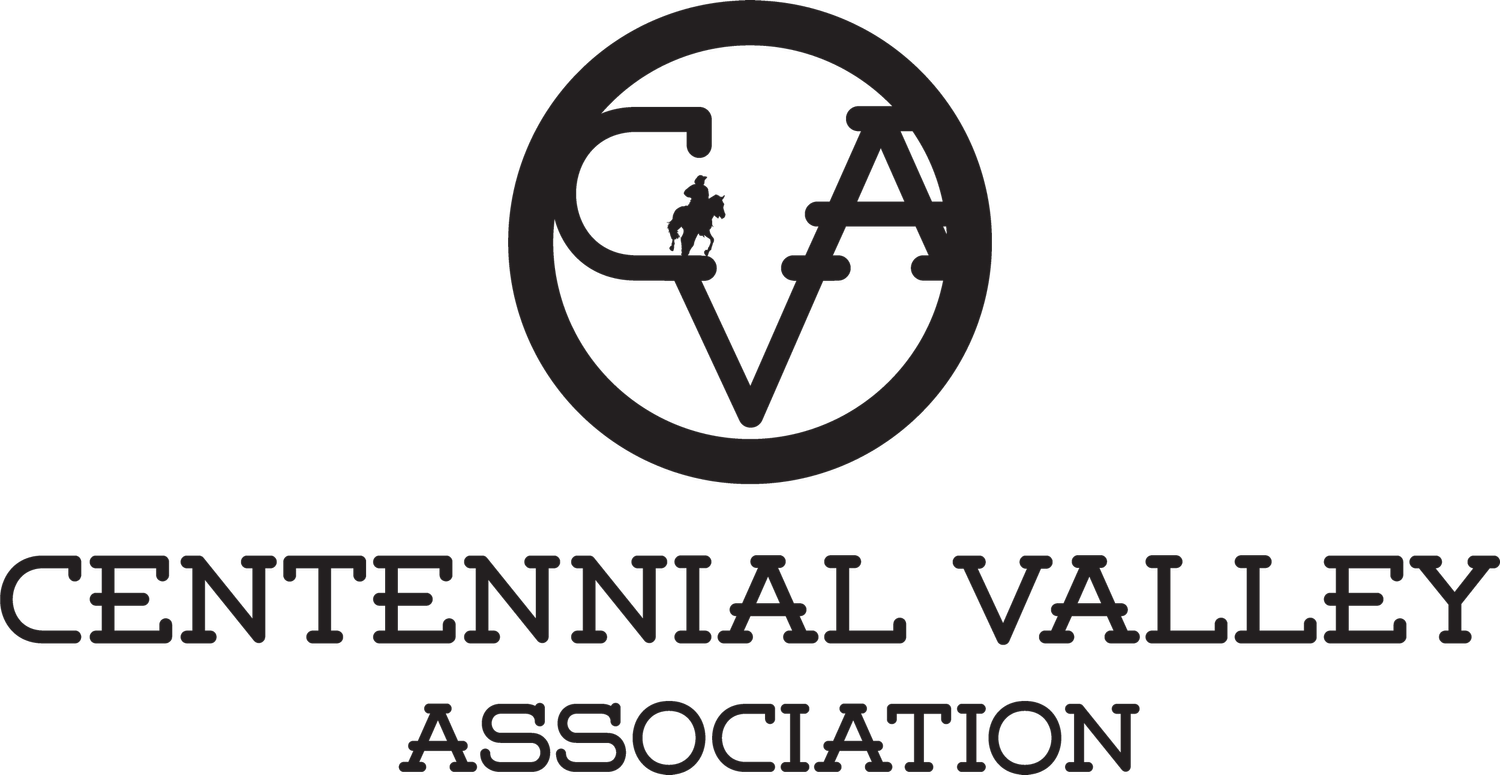
Water & Drought Awareness Program
The Centennial Valley is primarily an agricultural community and home to many wildlife species. Water is a vital resource and drought is an increasingly important topic to landowners and stakeholders. Drought is a natural part of Montana’s climate and is predicted to be exacerbated in the future with rising temperatures. As defined by the United States Geological Survey (USGS), “A drought is a period of drier-than-normal conditions that results in water-related problems”. Depending on a person’s relationship with water, and particularly water deficiency, a drought can affect everyone differently. In the Centennial Valley, community members view drought as a shortage or lack of precipitation. The consequences of the lack of precipitation vary; a lack of irrigating water, reduced streamflow affecting fisheries, lack of vegetation, and increased wildfire risk.
Many landowners have indicated the lack of resources available in the Centennial landscape that would allow them to make appropriate and effective decisions about water and grazing practices. CVA supports the community by implementing a forum on drought awareness, education, and information dissemination. We are improving and enhancing the hydrological monitoring efforts throughout the valley so that landowners can make effective land management decisions for future generations. We develop and disseminate Water Reports that contain a clear and concise summary of all the hydrological monitoring occurring in the valley, including the work of our partners. They include data from the Natural Resources Conservation Service, the United States Geological Survey, the Nature Conservancy, Bureau of Reclamation, Bureau of Land Management, State of Montana, Montana Department of Natural Resources and Conservation, Montana Fish Wildlife and Parks, and the Red Rock Lakes National Wildlife Refuge. The reports include data on snowpack, precipitation accumulation, reservoir levels, stream levels and discharge rates, and drought status, all around the valley. Providing this information to the community can assist in making sustainable and informed management decisions.
-
Increase drought awareness and education throughout the community.
Expand hydrological monitoring in the valley to better understand hydrological patterns.
Provide educational resources to all stakeholders of the Centennial Valley to increase individual resiliency to future drought.
-
• Hydrological monitoring, including precipitation and streamflow.
• Develop Water Reports that are sent to all stakeholders throughout the year.
• Provide educational drought resources and opportunities to landowners
-
• High degree of literacy about drought among community members.
• Defining and collecting hydrological data that is proved useful to landowners and stakeholders alike.
In 2016, from a grant funded by the Bureau of Reclamation via the Montana Department of Natural Resources and Conservation, CVA engaged in drought planning for the Centennial Valley. This grant funded the Upper Missouri Headwaters Drought Resilience Demonstration Project, a project that aimed to empower communities to prepare for and mitigate the impacts of drought. Partners involved include CVA, Beaverhead Watershed Committee, Big Hole Watershed Committee, Broadwater Conservation District, Jefferson River Watershed Council, Greater Gallatin Watershed Council, Gallatin River Task Force, Ruby Valley Conservation District and Ruby Watershed Council, and Madison Conservation District. There were two main goals for the demonstration project – to deliver government drought mitigation tools and resources to watershed stakeholders who need them, and to build information from local groups in direct contact with the landscape. With these partners, the Upper Missouri Headwaters has increased drought resiliency in local communities and across a large landscape.



